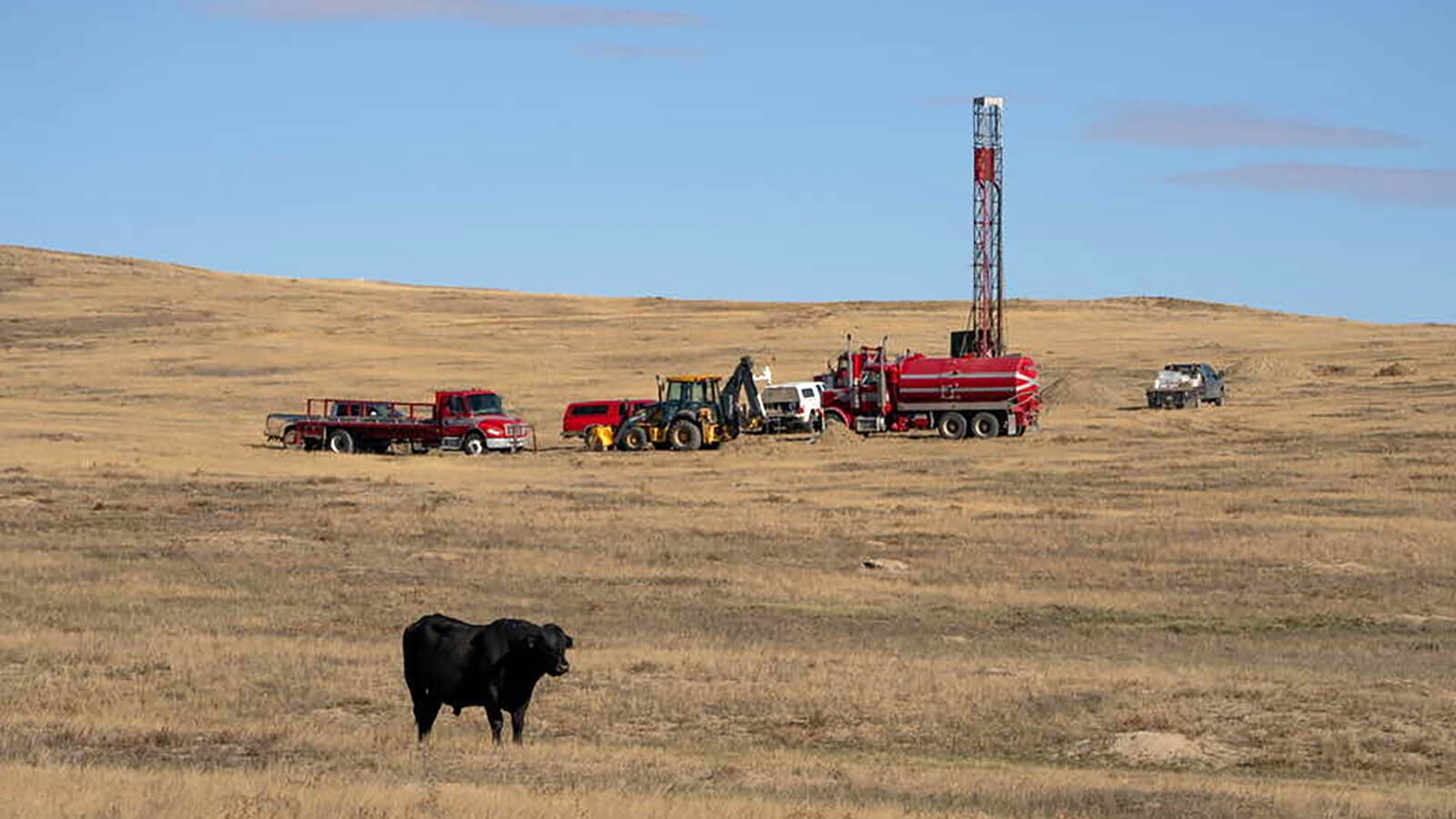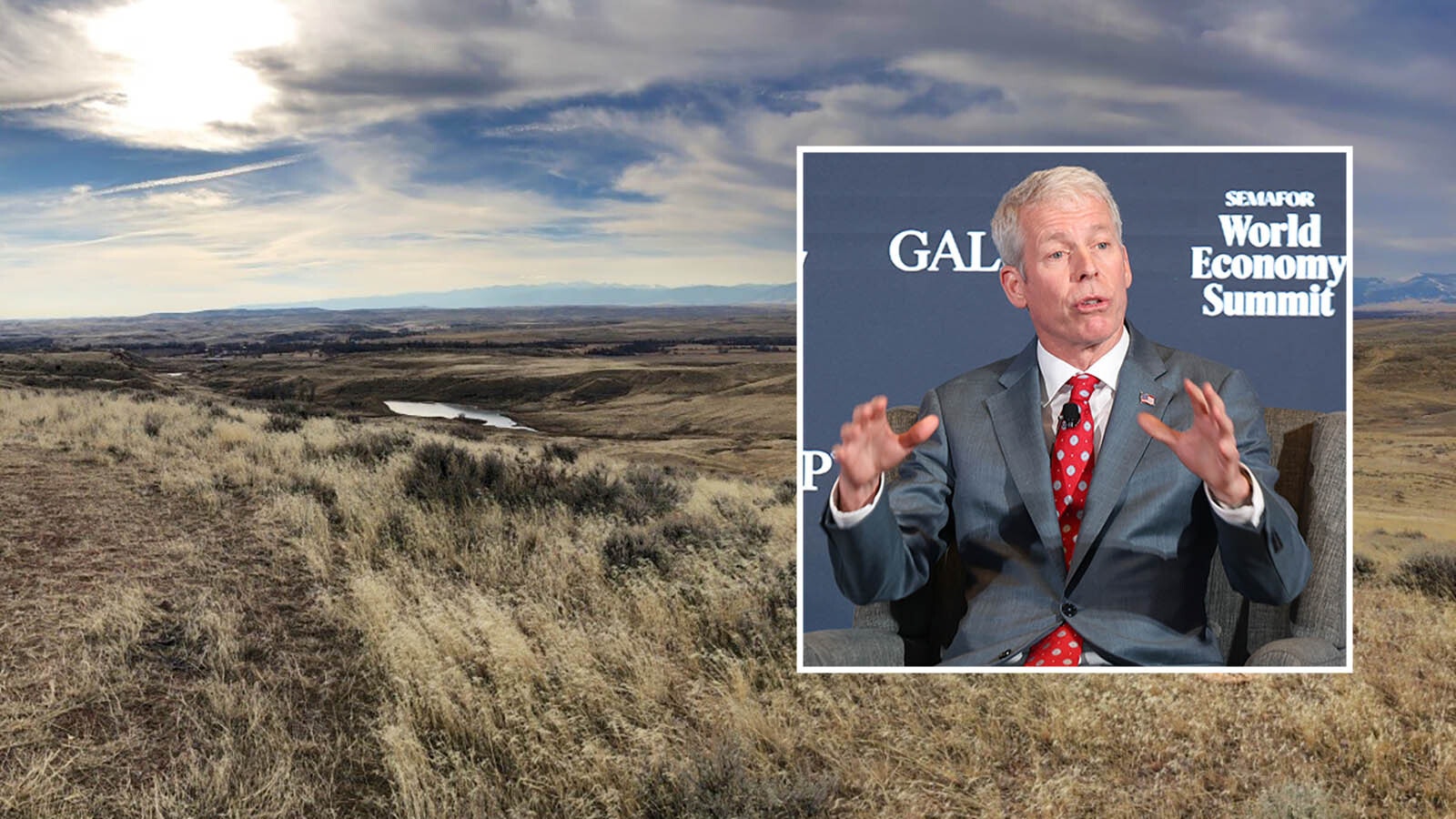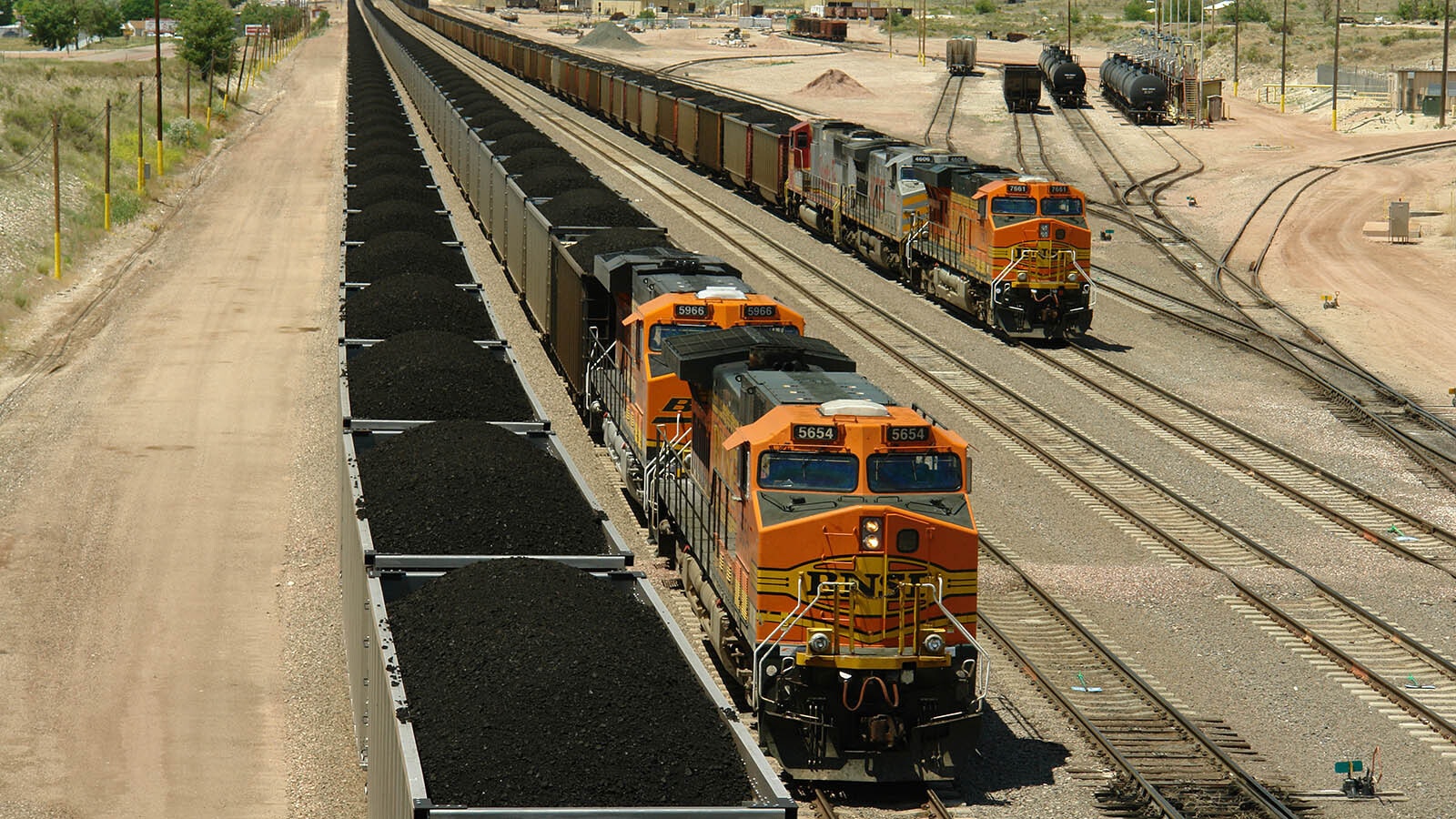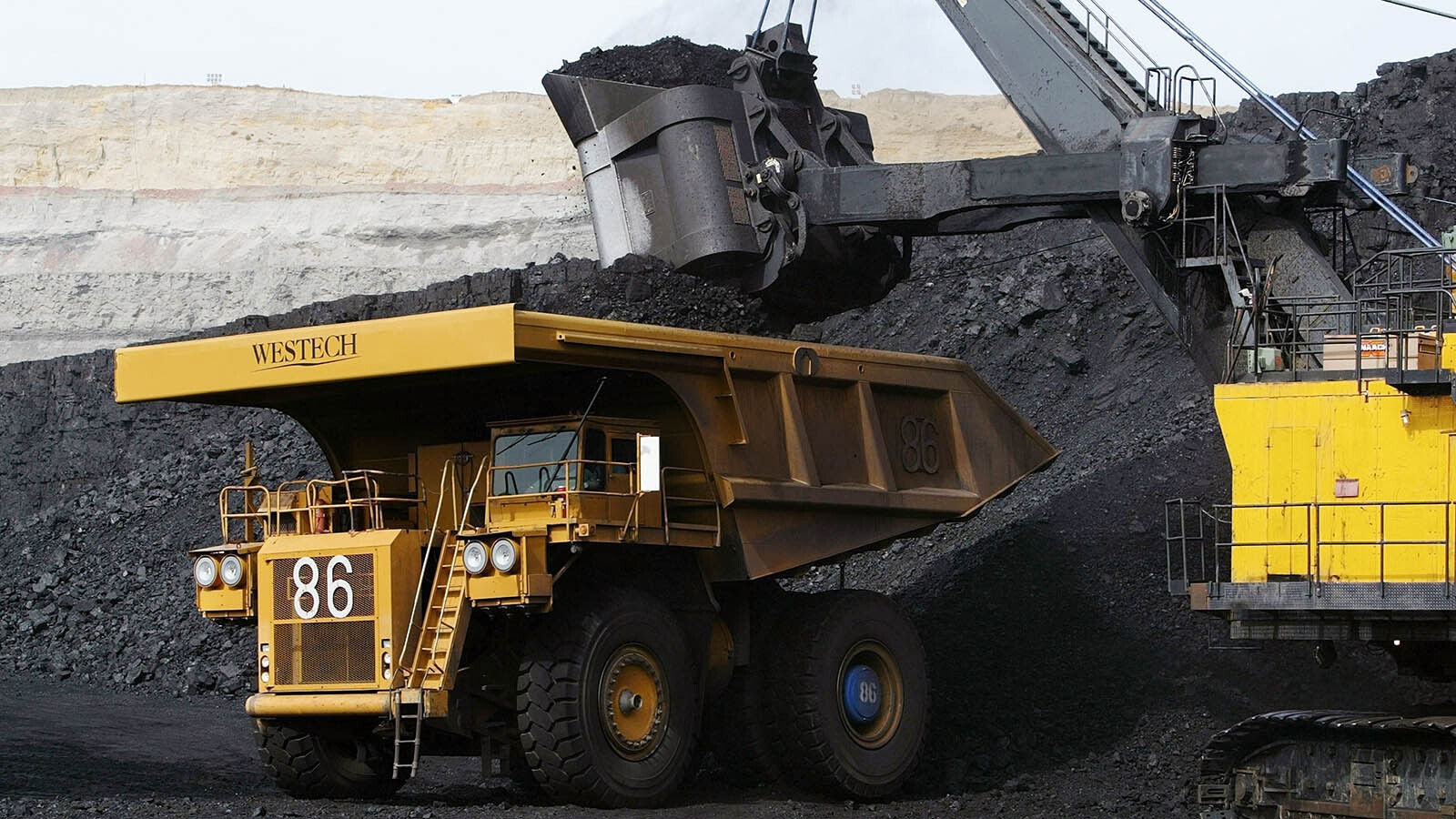BRIGHTON, Colo. — The eight Wyoming-based members of Tri-State Generation and Transmission Association, a Colorado-based not-for-profit power supplier to 41 electric distribution cooperatives and power districts in a four-state region, are watching closely to see how United Power Inc. fares with its new financial independence.
United Power, once the largest of Tri-State’s members, broke away from Tri-State after paying $702 million to cover for breaking multidecade contracts for power generation and services, delivery of electrons over high-voltage transmission lines and assets that it bought from Tri-State as part of their divorce in May.
Mark Gabriel, president and CEO of Brighton, Colorado-based United Power, said the breakup has helped his rural electric cooperative in suburban Denver find financial freedom to pursue better power deals.
“I told them that I’d rather do this across the table rather than in a courtroom. We were bigger than the bottom 26 of their members,” Gabriel said of the breakup and portfolio of distribution cooperatives that includes Wyoming’s eight members.
“It was a question of equity for us,” he told Cowboy State Daily.
Since the breakaway, United Power has shed the “choke collar” that limited how much power it could buy from non-Tri-State sources.
Gabriel said that the new rural electric cooperative United formed in its break from Tri-State accounts for an estimated 20% of Tri-State’s revenue, sales that are no longer on its income statement.
United Power, which has about 113,000 members ranging from oil and gas drillers to huge military-owned and commercially run data centers, will add another 3,000 to 4,000 members this year, Gabriel said.
“The opportunity to buy our own power and transmission has been very attractive,” Gabriel said.
There are other members in Tri-State’s universe in a four-state territory covering Wyoming, Colorado, New Mexico and Nebraska that also are considering severing ties, or have already left.
Heading For The Doors
More than a decade ago, some members began arguing that Tri-State may not have moved quickly enough in the energy transition.
In 2016, New Mexico’s Kit Carson Electric Cooperative in northern New Mexico left Tri-State after paying a $37 million termination fee because of its belief that it could get cheaper wholesale power delivered to its customers.
Four years later, Colorado-based Delta-Montrose Electric Association left Tri-State after sparring with the parent company for years over renewable energy. The co-op agreed to pay a $136.5 million fee to exit Tri-State.
Meanwhile, there are three other co-ops — two in Colorado and one Nebraska — in various stages of leaving Tri-State.
Granby, Colorado-based Mountain Parks Electric Inc. provided notice to Tri-State in March 2023 that it intends to withdraw from the distribution cooperative’s membership by next spring.
Durango, Colorado-based La Plata Electric Association Inc., the fifth largest distribution cooperative, filed plans to exit Tri-State in March, with a termination date scheduled for April 2026.
Nebraska-based Northwest Rural Public Power District had been scheduled to leave Tri-State earlier this year, but encountered a dispute over the termination fee. It continues to move forward with leaving.

Tri-State’s Dilemma
“By this time next year, the total overhead will hit 30% that Tri-State has lost,” said Gabriel in an interview with Cowboy State Daily at his corporate headquarters in Brighton.
“We are adding the equivalent of one electric co-op every year,” said Gabriel of the 15 million square feet of industrial space projected to come to his north Denver suburban service territory that covers over 900 square miles.
With the breakaway from Tri-State, United Power has added an additional 3% in borrowing costs to its already 6.5% rate increase that its customers now pay.
Utility rates rose 6.5% for Tri-State following the breakup after several years of holding the line.
“We took on debt to escape Tri-State,” said Gabriel, noting that future projections show that the breakup made financial sense.
Gabriel is bringing a fresh look to running his utility. He calls his approach “hyper-localization" of generation and transmission.
This includes getting power from alternative forms of energy from sources like wind turbines and solar panels, plus tapping power from utility-scale batteries that store electricity.
“We are more than 50% renewable now,” Gabriel said.
He also has lined up electricity produced under long-term power purchase agreements from independent producers and is getting ready next month to turn on a six-unit, 162-megawatt natural gas turbine plant about 5 miles from his corporate domain in Brighton.
“Natural gas kicks coal’s butt every day,” said Gabriel of the inexpensive price for the commodity in comparison to coal.
When United Power was part of Tri-State, it couldn’t buy cheaper power above a 5% cap from other sources without paying a penalty. Now his operation has no restrictions on where it buys electricity.
“Tri-State has huge financial overheads,” complained Gabriel, who has written a book titled “Visions for a Sustainable Energy Future” that contains messages on his new-age thinking in the utility business.
Tough Predicament
In a recent meeting with Cowboy State Daily, the executives of the eight Wyoming cooperatives said they are ready for a pitch-fight to keep open the 1,710-megawatt coal-fired Laramie River Station (LRS) power plant in Wheatland, Wyoming.
It’s a tough predicament for the Wyoming co-ops.
This is because Tri-State is in the early innings of drafting its own energy resource planning roadmap that effectively calls for the power cooperative to exit all its coal-fired plants in phases from 2026 to 2031, with the exception of Laramie River Station.
How long LRS remains a part of Tri-State’s portfolio is anyone’s guess.
The energy transition away from coal has come as the result of actions by the Colorado Public Utilities Commission and Colorado Legislature wanting to reduce greenhouse gas emissions over the next few decades. It is difficult to determine how those efforts — plus those happening at the federal level — could impact LRS and other coal-fired power stations.
“No matter how you feel about coal, those assets are worth less than zero, which is why utilities have accelerated the depreciation of their coal assets,” Gabriel said.
“Laramie is well run, but it’s just not cost-efficient,” he said. “Tri-State has a huge investment in Laramie.”
In recent years, the Wyoming cooperatives helped Tri-State develop new “reliability metrics” for power generation during extreme weather conditions, which essentially were important for keeping baseload power plants like LRS playing a significant role on keeping Tri-State’s lights burning on the electrical grid.
Gabriel’s thinking about hyper-localization of generation and transmission came about slowly.
The executive once ran the sprawling Western Area Power Administration (WAPA).
WAPA is a Western United States power marketing administration with the U.S. Department of Energy that markets hydroelectric power from federal dams operated by the Bureau of Reclamation and other agencies.
It’s what the owners of a $500 million wind generation project in southern Albany County want to connect their wind farm project into. The project, called Rail Tie, has been mired in controversy for years, but seems to be finally pushing forward under Spanish-owned energy giant Repsol, which has the industrial siting approvals to begin building next year.

Inefficient Power Lines
Gabriel said he is not opposed to new high-voltage transmission, but that his thinking on the subject isn’t as grandiose.
As the top executive of WAPA from 2013 to 2021, he signed the contract order giving the green light to build the TransWest Express Transmission Project, a high-voltage interregional electric transmission system that serves the Western United States.
The line will run from Wyoming to Las Vegas and serve power-hungry Southern California and move electricity largely generated by alternative forms of energy.
Generally, Gabriel wants to keep the power generation closer to the territory needing the electricity and rely on the existing lines rather than build big ones that can take decades to construct and cost billions of dollars.
“It’s not an efficient way to move electricity,” Gabriel said. “When you’re a hammer, everything looks like a nail.”
Wyoming’s electricity distribution cooperatives include Big Horn Rural Electric Co. in Basin; Carbon Power & Light Inc. in Saratoga; Garland Light & Power Co. in Powell; High Plains Power Inc. in Riverton; High West Energy Inc. in Pine Bluffs; Niobrara Electric Association Inc. in Lusk; Wheatland Rural Electric Association; and Wyrulec Co. in Torrington.
Editor's note: The headline and subhead for this story have been change to better reflect the story. Nothing in the report has been changed.
Pat Maio can be reached at pat@cowboystatedaily.com.





